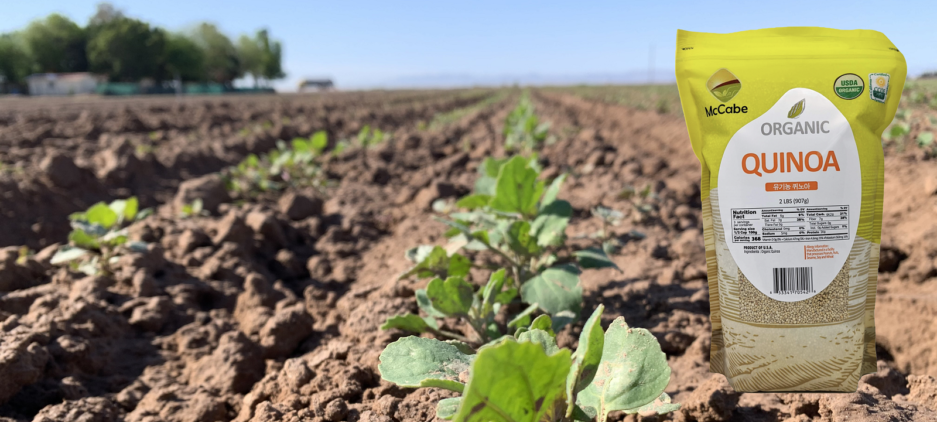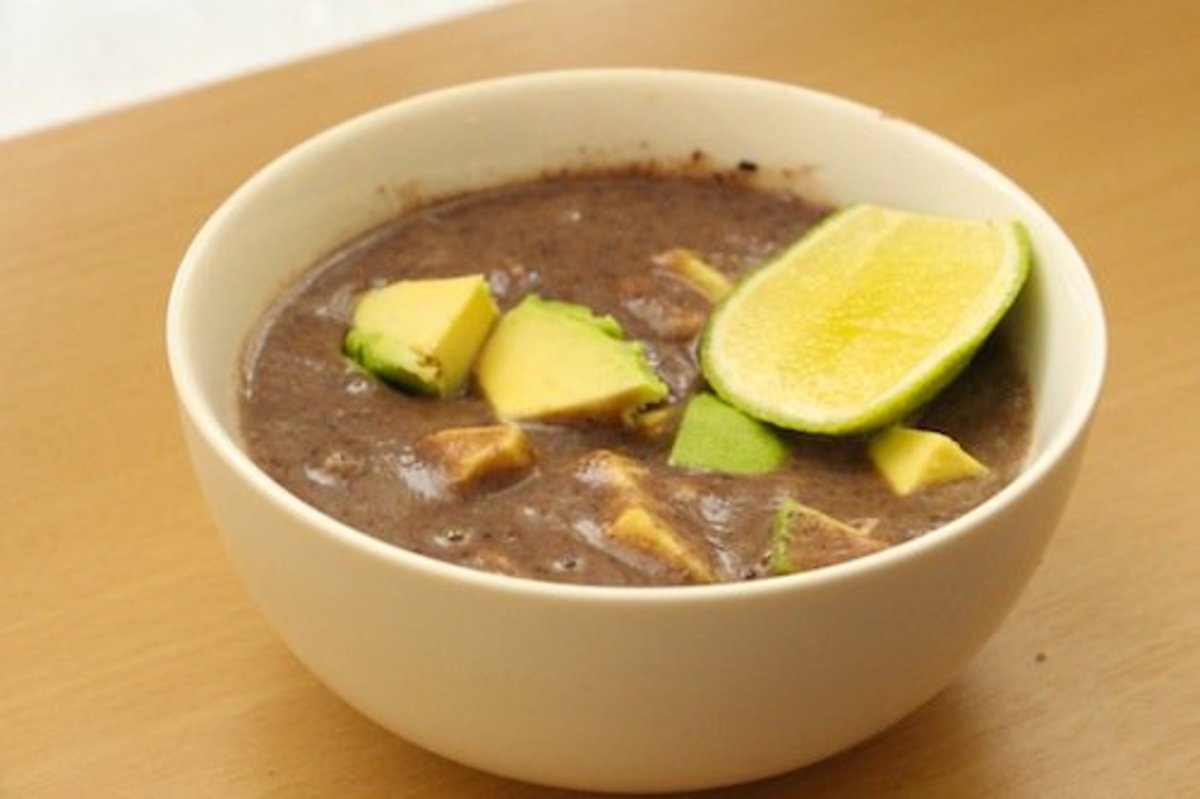Lima beans are delicious and versatile legume that have a number of important health benefits, including its ability to improve digestion, boost heart health, positively impact energy levels, aid circulation, stimulate growth and repair, defend against chronic illness, and protect against diabetes.
What Are Lima Beans?
Lima beans are some of the most common and beloved legumes on the planet, and while you might know them as butter beans or sieva beans, depending on where you are in the world, they are equally important in terms of your diet, as well as your overall health. The larger varieties of these beans are typically lima beans, while smaller-seeded varieties are sieva beans, but they are actually the same species. These important beans are believed to have been cultivated in South America as long as 4,000 years ago, and then at other times throughout history in North and Central America. This has resulted in these beans being a staple crop for indigenous people, and a relatively easy crop to cultivate, even in harsh conditions. The beans are actually the seeds of this plant, but their large size and dense nutrient profile make them an excellent sustenance crop.
Lima beans can be grown both on bushes or on a vine and can be used as the main protein source, a side dish, and an ingredient in soups, stews, curries, and salads. The wide popularity of beans has made lima beans a globally accessible foodstuff, and when canned, lima beans tend to retain their complete nutrient profile, unlike other vegetables and fruits that undergo a canning process. Lima beans are important sources of dietary fiber, protein, minerals and antioxidant compounds, all of which make them a great addition to your diet. Now, let’s take a closer look at the many health benefits of lima beans.
Health Benefits Of Lima Beans
Lima beans have many health benefits that include:
Heart Health
Lima beans can have a positive impact on human health in a number of ways. Not only are lima beans rich in dietary fiber, which can help scrape cholesterol and eliminate it from the body, but they’re also a good source of magnesiumand folate. Having enough magnesium in the body helps to regulate blood pressure, in a similar way to potassium, by relaxing the blood vessels and reducing strain on the heart, thus preventing strokes and heart attacks. Folate is also associated with lower homocysteine levels, which is good because elevated homocysteine is a telling factor behind coronary heart disease.
 Increased Energy Levels
Increased Energy Levels
Due to the impressive protein content in lima beans, if you already get enough protein in your diet, the body will store this protein as volatile and easily accessible energy. Lima beans can provide a clean, healthy boost to your cognition and focus as well. The manganese levels in lima beans also help to optimize the energy production process in the body. Finally, the iron content boosts red blood cell circulation, improving oxygenation and increasing energy.
Diabetes Prevention
Lima beans are an excellent way to get your dietary fiber, which is needed by the body for a number of different reasons. In terms of managing diabetes, fiber helps to regulate the uptake of nutrients by the body, and it optimizesblood sugar levels. With a healthy and stable insulin/glucose balance, you are far less likely to experience the dips and peaks in blood sugar, thus preventing the development of diabetes, or managing the symptoms once diagnosed.
Antioxidant Properties
Manganese is a key enzyme cofactor for a number of important substances in the body, namely antioxidant compounds that will seek out free radicals in the body and minimize oxidative stress. Therefore, the high manganese concentration in lima beans makes these legumes a good aid to the immune system and could help to prevent things like cancer, macular degeneration, and many other conditions.
Improved Digestion
Dietary fiber is most well known for its impact on digestion and the gastrointestinal tracts. Dietary fiber helps to bulk up the stool, thus preventing diarrhea, and also stimulating peristaltic motion to move food through the colon. Fiber can also help the gut optimize the nutrient uptake, making sure that we get as much out of our food as possible. Lima beans are incredible sources of fiber – a single cup serves more than 50% of your recommended daily fiber intake – and they can do great things for your digestive health.
The high content of iron found in lima beans makes them very good for the circulatory system. Iron is a necessary component for the production of red blood cells, which can thus increase circulation. When more oxygenated blood gets to the extremities, it can speed healing and repair following an illness or injury, and can also boost energy levels and vitality. Anemia is another name for iron deficiency, and avoiding the weakness, nausea, fatigue, and headachesof that condition is also a good choice by keeping lima beans in your diet.
Growth and Repair
Lima beans contain a significant amount of protein, roughly 1/3 of our daily recommended amount in a single cup, which is important for every single process of the body. Proteins are literally the building blocks of our body, and we require them for everything from cell and tissue development to cognition, bone strength, and energy. If you want to ensure normal growth and development, or are recovering from an injury or illness, boosting your protein levels with lima beans is an effective and vegetarian-friendly option!
Organic Beans is available to purchase at SFMart.com
This article is originally posted on Organic Facts






 Increased Energy Levels
Increased Energy Levels